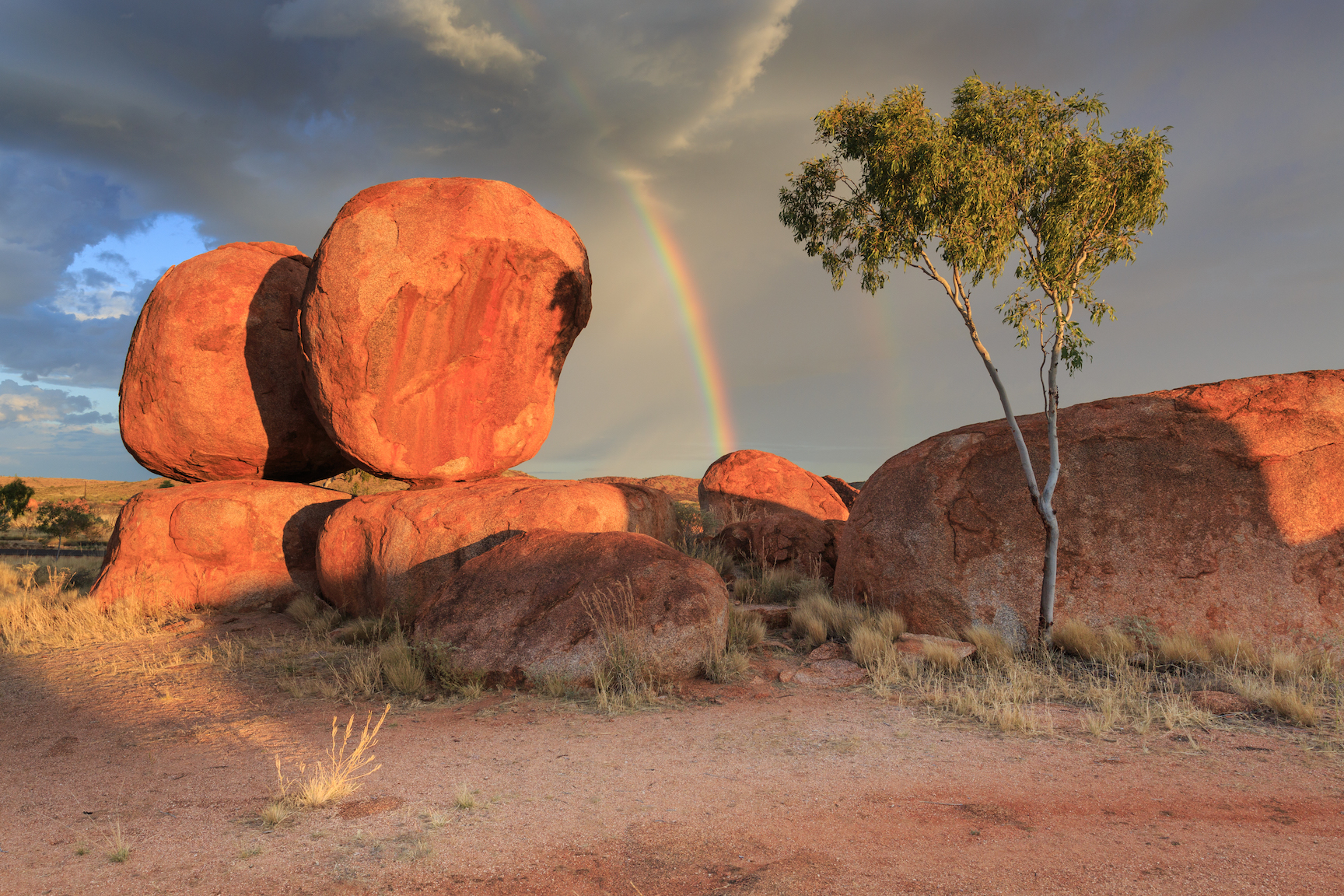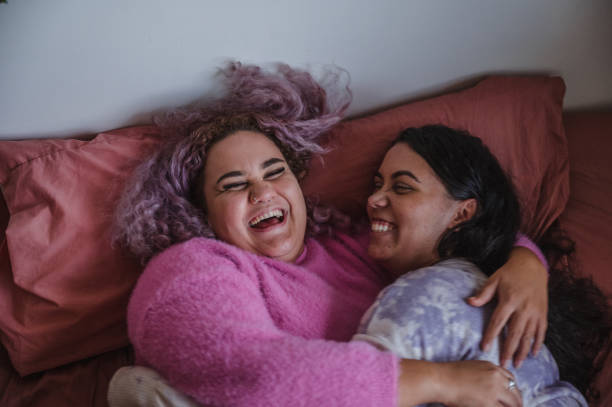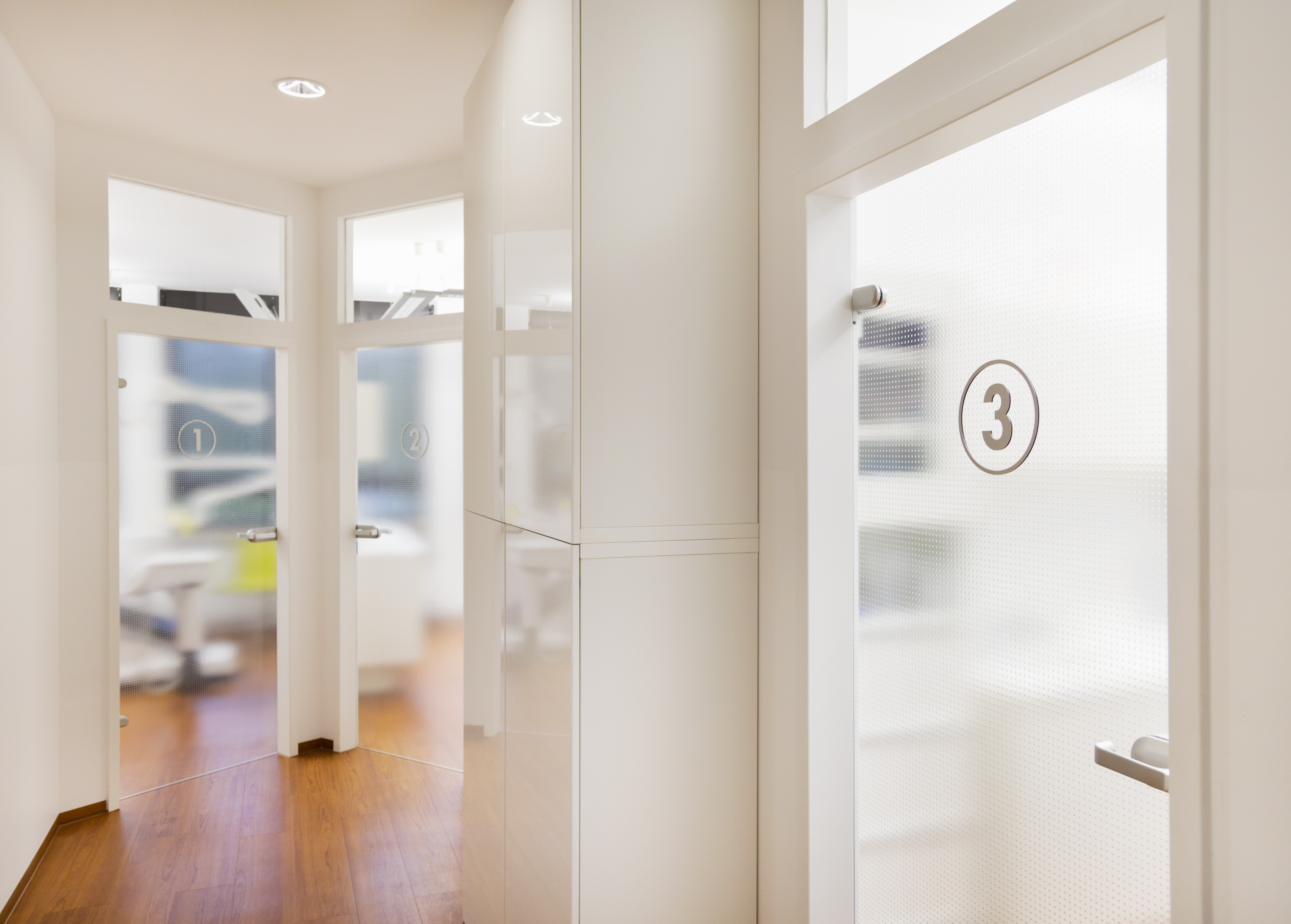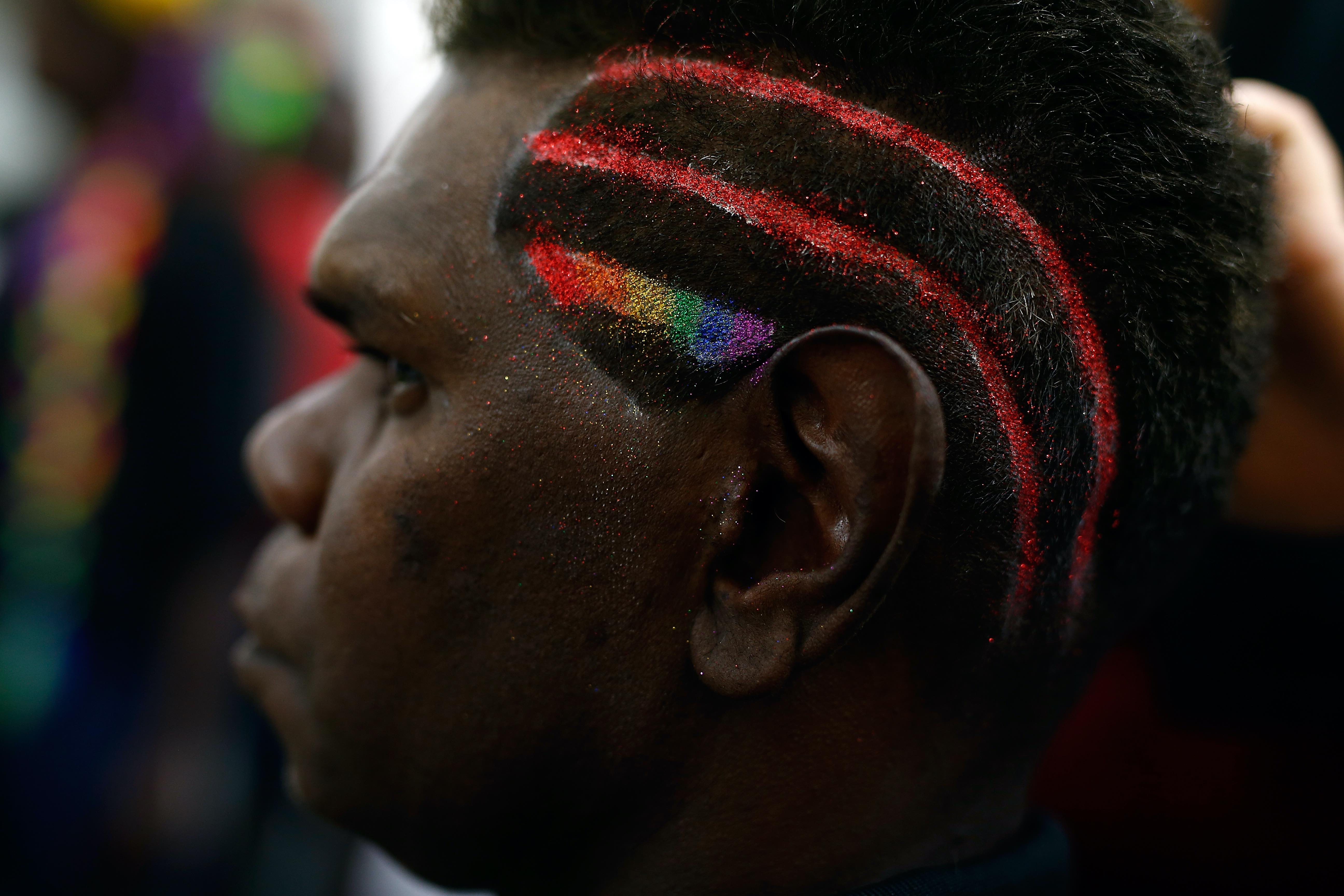
Health & Medicine
Dispelling the myths about transgender people

Health services need to cater to the whole person as a human right, and that includes Indigenous LGBTIQ+ Australians
Published 16 May 2022
I’ve been fortunate in my life to build a strong sense of pride in my identity as a queer Wiradjuri man. Despite this, my intersectionality – the way different identities can marginalise people or expose them to discrimination – is sometimes misunderstood, particularly in health settings.
This experience rings true for many queer Indigenous people, as evidenced in my recently submitted doctoral thesis exploring health equity for queer Indigenous people.

The findings of my own and previous research highlight the need for services to understand the importance of catering to the full person. Because as humans, we don’t divide easily.
Without further data that truly captures the lived experience of queer Indigenous people, no effective changes to systems can be lobbied for.
When health service design and delivery is built to meet the needs of only one part of a person, it not only fails to address their intersectionality, it breaches their human rights because, ultimately, equity in health service delivery is a human rights issue.

Health & Medicine
Dispelling the myths about transgender people
My doctoral research was an ethnographic study of 64 queer Indigenous people across an urban and a regional area to understand their experiences of health settings.
Additionally, the research is the first detailed picture of queer Indigenous Australians’ social, political and cultural domains.
Throughout my research journey, I witnessed the extent to which homophobia, biphobia and transphobia have framed queer Indigenous people’s perceptions of the health system and their own Indigenous Australian cultures more broadly, which has been highlight in previous research.
The very services that should be supporting us instead contribute to isolation and the perception that queer Indigenous people should remain marginalised and excluded.
The belief that heterosexuality is the preferred or ‘normal’ sexual orientation is as much a direct threat to the survival and advancement of queer Indigenous people as racism is. We’re starting to this this highlighted in new work, like Breaking the silence: Insights into the lived experiences of WA Aboriginal/LGBTIQ+ people’.

As queer Indigenous people, we know that we are interconnected to each other and our cultures in many ways.
But too often we feel disconnected because we are told that focusing on our Indigeneity will ‘fix the problem’, that is, services designed to address our Aboriginality alone will help us.
These services have an understanding of poor health outcomes driven by racism, systemic and otherwise, but overlook the drivers of poor health outcomes driven by homophobia, biphobia and transphobia.
Australian health systems have been designed with a pervasive culture that privileges straight cisgender people. Because of this, accessing culturally safe health care in a community-controlled context can be fraught with homophobic, biphobic and transphobic experiences that reject central parts of our identity.

The voices of queer Indigenous people are central in my research. They share stories of exclusion and invisibility.
Their – and my own – experiences of health and wellbeing service delivery has been one which excludes the complexities of sexual or gendered identities, and instead perpetuates the colonial concept of heterosexuality being what is ‘normal’ and preferred.
When some Indigenous people see a queer Indigenous person, they see our queerness as white – rather than recognising that, queerness and transness has been a part of every culture on earth since time immemorial.
Indigenous homophobia, biphobia, and transphobia are fears that we’ve assimilated too much.
While the histories of queerness are absent from the dominant narratives in the histories of colonisation and postcolonial Australia, the fact remains that there is evidence of long-lasting sexual and gender diversity.
We see this in the Sistergirls on Tiwi Island, or the presence of homosexuality in boy wives in First Nation cultures. To refute this means to agree that not one queer or gender diverse person was encountered during more than 65,000 years of existence.

Queer Indigenous people want the celebration of LGBTIQ+ pride to feature in discussions about Aboriginal history and culture, and to be the source of relationships between us and elders, country and culture.
We want to usher in new ways for many queer Indigenous people to feel (re)connected to community, culture, and country – to no longer come out, but to finally be welcomed in.
Both Indigenous and queer histories face problems with erasure, and this extends to data sets as well. Most significant for LGBTIQ+ Australians is the government’s decision to omit questions on the Census on sexual orientation, gender identity or intersex status.

Health & Medicine
Healing Country
While we have seen a welcome increase in research of LGBTIQ+ Australians, markedly with two longitudinal studies Private Lives 3 and Writing Themselves In 4, there has as yet been no breakdown of this data for the participants identified as Aboriginal and/or Torres Strait Islander.
Disaggregation of the data for key themes on family violence and suicide have been very successful in driving both government policy decisions and services.
Given that both studies collected significant data on LGBTIQA+ Aboriginal and Torres Strait Islanders I’m glad to say work on locating us in the data has begun.
This will draw from 2.7 per cent of the whole sample in Private Lives 3, and four per cent of the total study sample In Writing Themselves in 4, which compares favourably to the Australian Bureau of Statistics representation in the general population in Australia (3.3 per cent).
Questions of location also arise geographically for many queer Indigenous people.
A lack of acceptance of sexuality and gender identity often drives many of us to relocate away from the very family culture that is supposed to support us, particularly when we are raised in rural and regional Australia.

This move to urban settings further conflates for some the perception that being queer is related to the white settlement experience.
Queer Indigenous people aspire to live full lives and to thrive.
My research shows that we have a strong sense of agency when it comes to managing and understanding our health needs and concerns, as demonstrated through the narratives I have been entrusted with.
We must design health services that allow for queerness as a social determinant of health. Acknowledging, seeing and welcoming intersectional identities and desires is another way we can break down these structural barriers.

Politics & Society
Going beyond healing to build Indigenous power
Equitable access to health services has the power to transform the outcomes. Ending marginalisation and exclusion are key step towards addressing problems like the increase of suicide, mental health challenges and relocation.
The stories we tell and hear about queer Indigenous people must celebrate how resilient, integral and fabulous we are. A refusal to understand our intersectional identities and desires perpetuates the structural barriers that prevent us from achieving greater success in our lives.
Let’s choose not to allow this, and instead design and operate health services that fully welcome all parts of our identities.
Banner: Getty Images